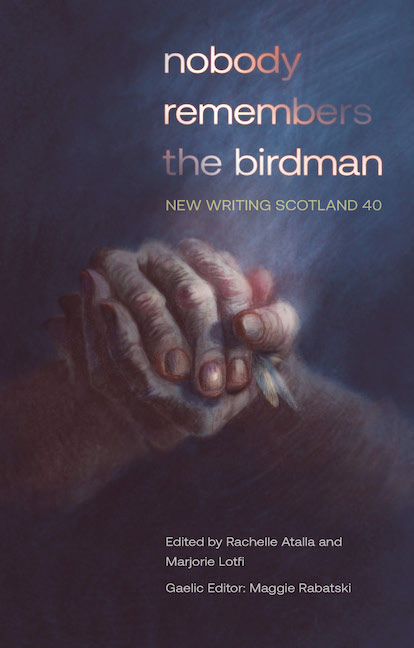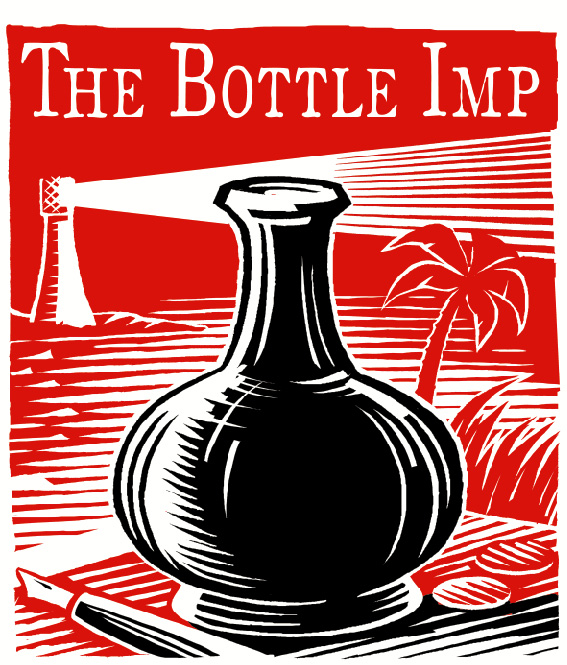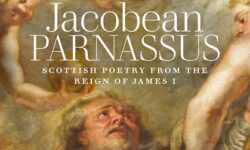
New Writing Scotland is the principal forum for poetry and short fiction in Scotland today. Every year it publishes the very best from both emerging and established writers, and lists many of the leading literary lights of Scotland among its past (and present) contributors. nobody remembers the birdman: New Writing Scotland 40 is the latest collection of excellent contemporary literature, drawn from a wide cross-section of Scottish culture and society, and includes new work from forty-five authors – some award-winning and internationally renowned, and some just beginning their careers.



